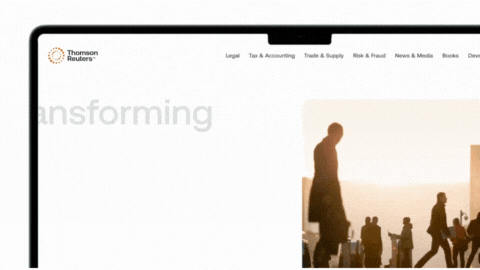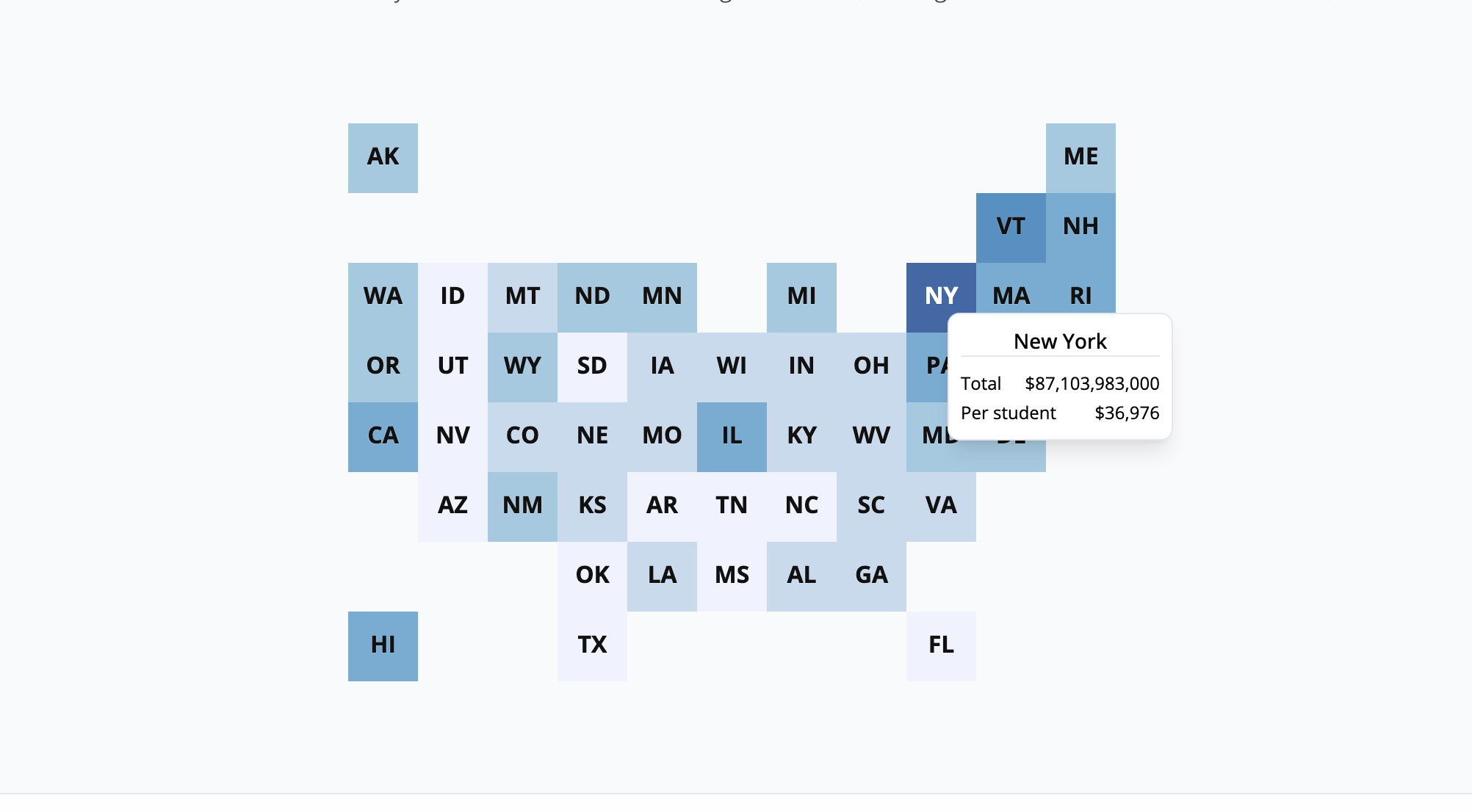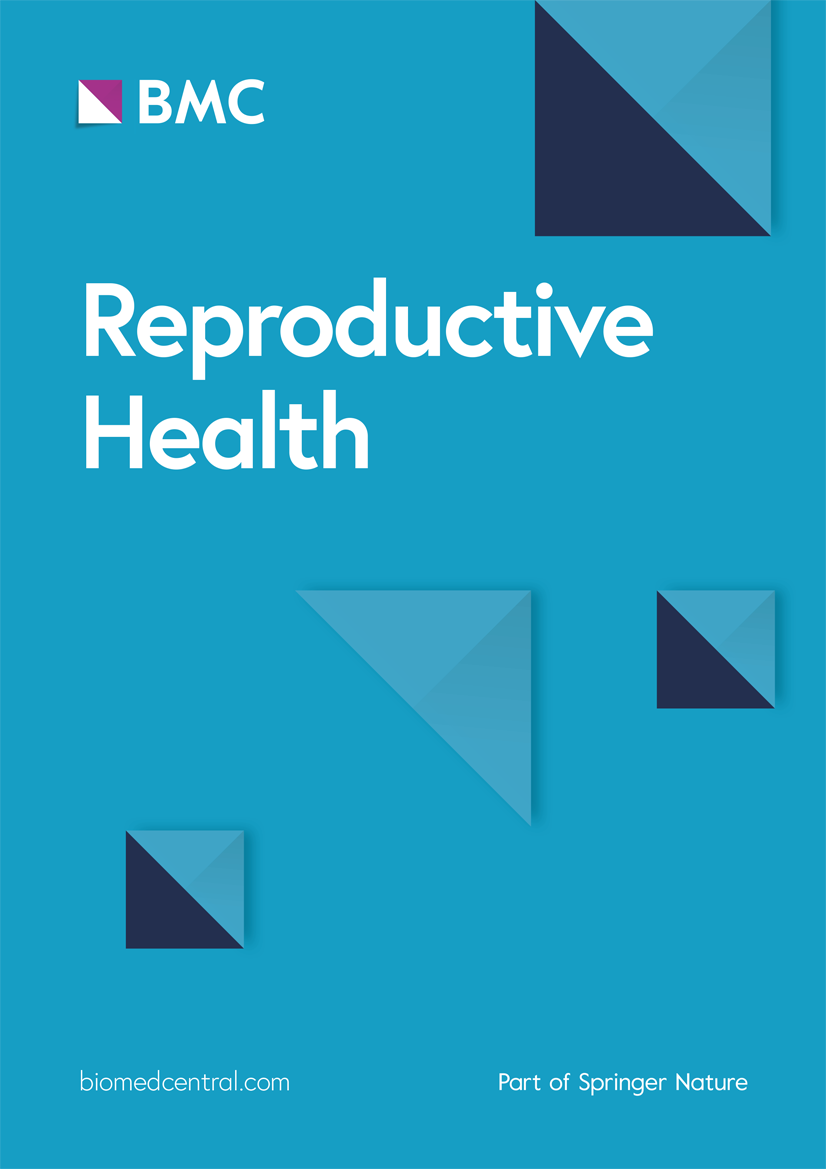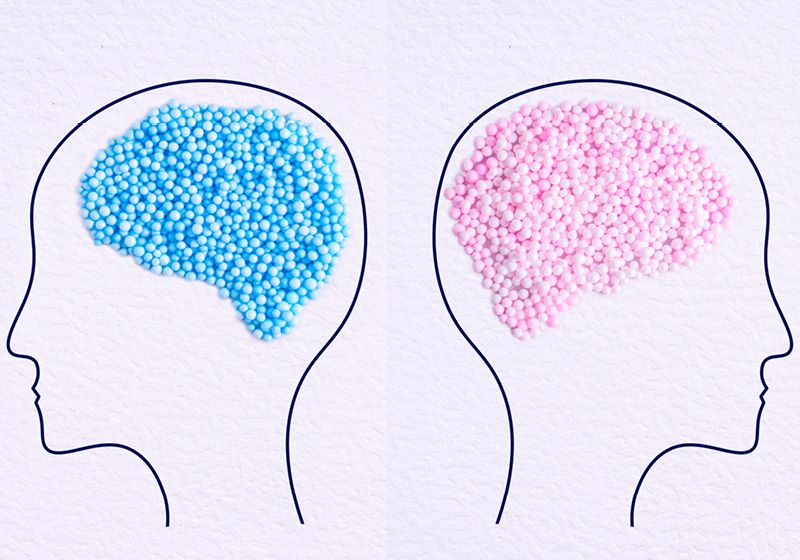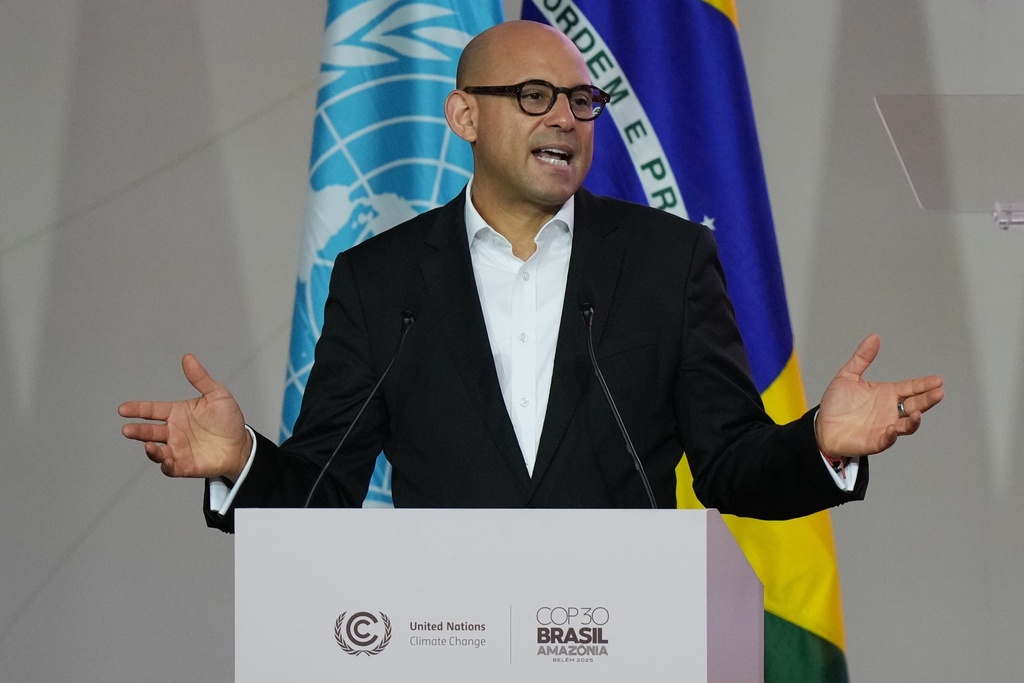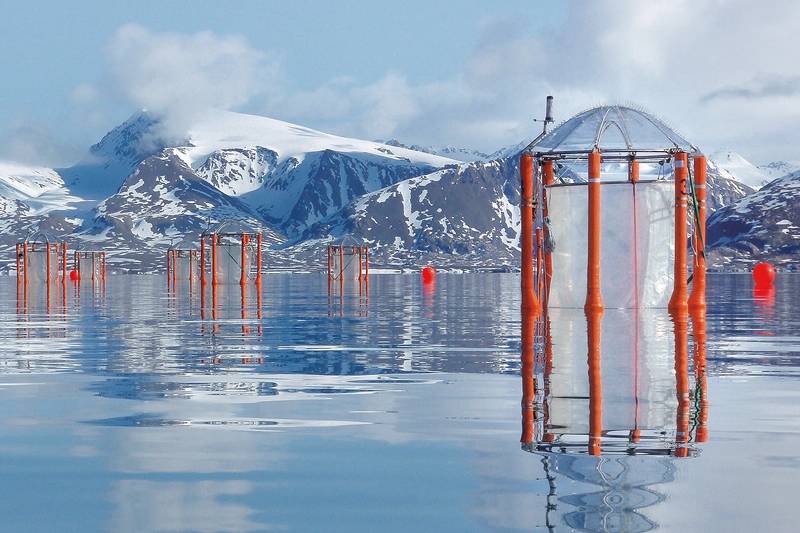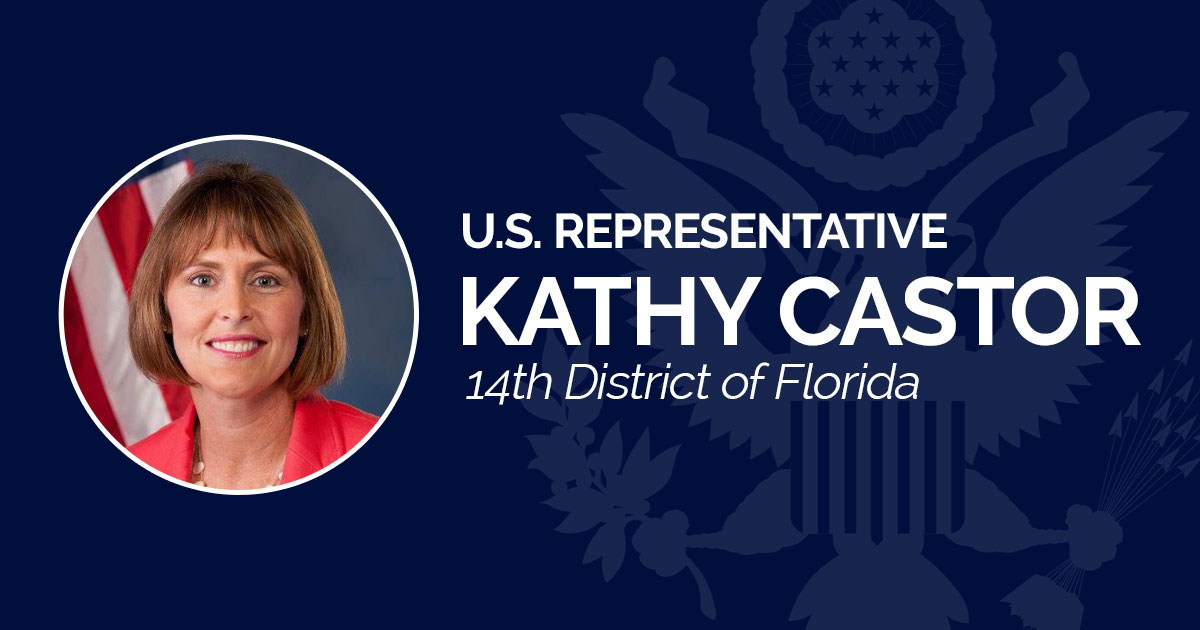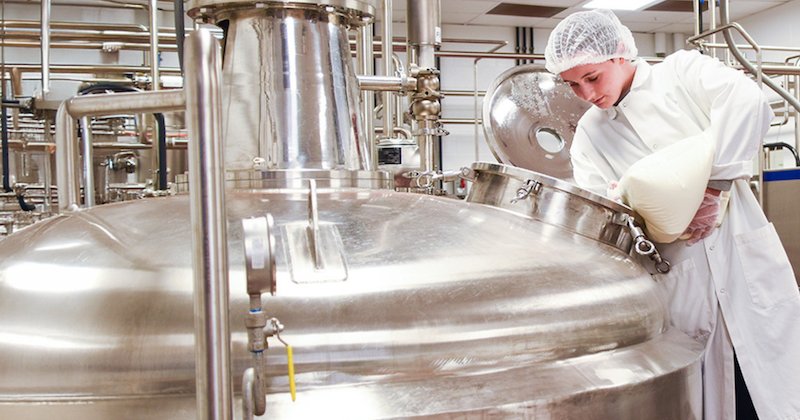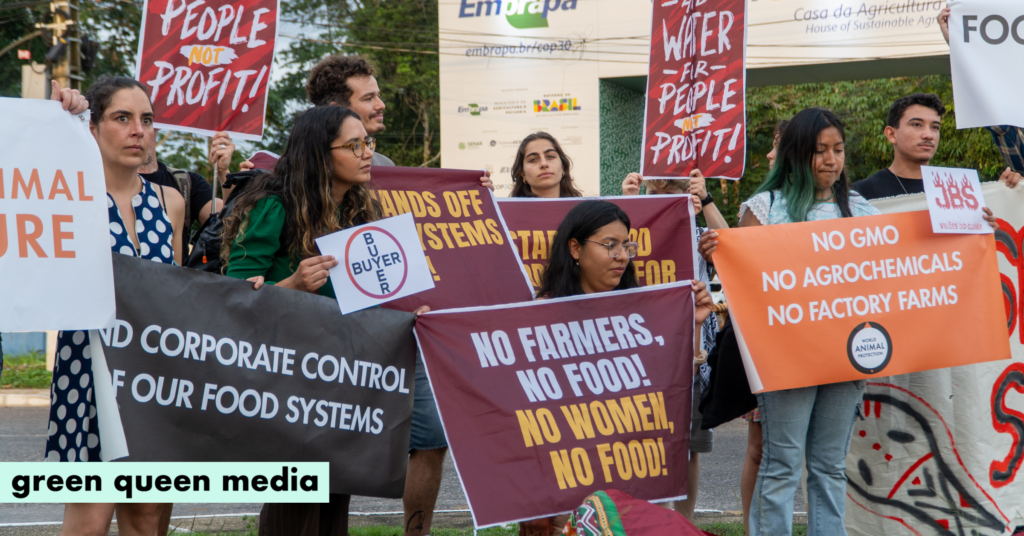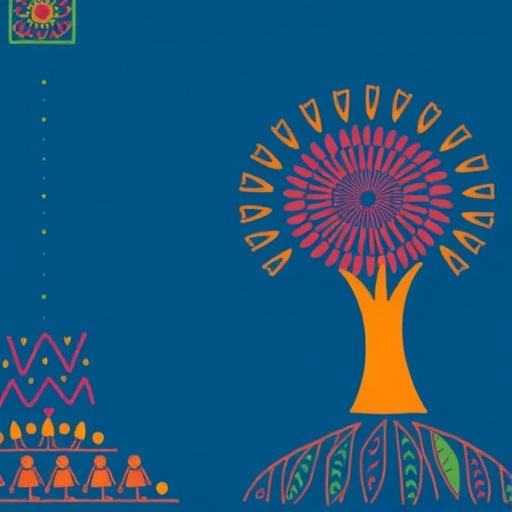French FDI Review: Increased Scrutiny Amid Heightened Geopolitical Tensions – White & Case LLP

Report on French Foreign Direct Investment (FDI) Trends in 2024 and Alignment with Sustainable Development Goals
FDI as a Catalyst for Sustainable Economic Growth and Decent Work (SDG 8)
France’s Leadership in Attracting Investment
France’s sustained leadership in attracting Foreign Direct Investment (FDI) underscores its role in fostering economic growth and creating opportunities for decent work, in line with SDG 8. The 2024 data confirms France’s position as a premier destination for international capital aimed at productive enterprise.
- For the sixth consecutive year, France ranked as the leading European country for the number of foreign investment projects.
- A total of 1,025 projects were recorded in 2024, positioning France ahead of the United Kingdom (853 projects) and Germany (608 projects).
- Despite a slight decrease from 2023, France captured 19 percent of all FDI projects in Europe, representing a growing share of the continent’s investment landscape.
Supporting Economic Resilience through Restructuring
The French government’s approach to investments in distressed companies demonstrates a commitment to economic stability and the preservation of employment, a key target of SDG 8. By facilitating FDI into companies undergoing insolvency proceedings, the state supports economic resilience.
- In 2024, approximately 65,000 businesses in France were subject to insolvency proceedings, often requiring foreign capital for survival.
- The Ministry of the Economy (MoE) employs a pragmatic, accelerated review process for these cases, with an average processing time of 20 business days.
- The number of decisions concerning companies in collective proceedings nearly doubled, from nine in 2023 to 17 in 2024, indicating an active policy to secure vulnerable enterprises and jobs.
Strategic Investment in Innovation, Infrastructure, and Public Health (SDG 9 & SDG 3)
Sectoral Focus of Inbound Investments
The sectoral distribution of FDI in 2024 highlights a strong alignment with goals for resilient infrastructure, industrialization, and innovation (SDG 9) as well as good health and well-being (SDG 3). Investments are being channeled into sectors critical for sustainable national development.
- Essential Infrastructure, Goods, and Services (SDG 9): This category, including energy, water, telecommunications, and transportation, represented the largest share of reviewed cases at 37 percent.
- Public Health (SDG 3): Investments in public health were a key component of the civil sector transactions reviewed.
- Critical Technologies and R&D (SDG 9): 26 percent of authorized transactions involved highly sensitive areas like defense and R&D on critical technologies, with an additional 14 percent specifically focused on R&D and dual-use goods.
Emphasis on Research and Development
The increasing scrutiny and conditional approval of investments in R&D activities reflect a strategic priority to foster and protect domestic innovation, a cornerstone of SDG 9.
- The number of transactions reviewed due to R&D activities has steadily increased, rising from 27 in 2021 to 44 in 2024.
- A significant 61 percent of transactions involving R&D activities were subject to mitigation measures, ensuring that innovation contributes to national sustainable development objectives.
Governance, Partnerships, and Institutional Frameworks for Sustainable FDI (SDG 16 & SDG 17)
Enhanced Governance and FDI Screening (SDG 16)
The French FDI regime, managed by the MoE, exemplifies the development of effective, accountable, and transparent institutions as called for by SDG 16. The 2024 annual report demonstrates a robust governance framework for managing inbound investments to align with national strategic interests.
- The number of FDI applications reviewed by the MoE rose by 27 percent, from 309 in 2023 to 392 in 2024.
- Of 327 formal requests for prior approval, 182 were ultimately deemed within the scope of FDI rules.
- The proportion of transactions cleared with conditions increased to 54 percent, indicating heightened scrutiny to ensure investments meet national security and public order criteria.
- Vetoes remain an exceptional measure, with only six transactions blocked over the past three years, suggesting a preference for mitigation over prohibition.
Conditional Clearances to Safeguard National Interests
The use of behavioral conditions ensures that global partnerships (SDG 17) are managed in a way that protects critical national assets and promotes sustainable outcomes. Examples of conditions imposed in 2024 include:
- A duty to inform French authorities before a product becomes subject to foreign export restrictions.
- A requirement to ensure that a patent portfolio related to sensitive medical research remains owned and operated by the French target entity, directly supporting SDG 3.
- The establishment of a dedicated security committee within the target entity to oversee the implementation of conditions and strategic decisions.
Profile of International Partnerships (SDG 17)
The diverse origin of investors highlights France’s role as a hub for global partnerships for sustainable development. The data shows a broad base of international cooperation through investment.
- Investor Origin: Non-EU investors, primarily from the United States, the United Kingdom, and Switzerland, accounted for 65 percent of applications. The remaining 35 percent came from EU partners, led by Germany, Luxembourg, and the Netherlands.
- Investor Type: Financial investors, including banks, sovereign wealth funds, and private equity firms, were the largest category of filers (44 percent), followed by individual investors (28 percent) and industrial investors (27 percent).
Analysis of Sustainable Development Goals in the Article
1. Which SDGs are addressed or connected to the issues highlighted in the article?
The article on France’s Foreign Direct Investment (FDI) regime connects to several Sustainable Development Goals by discussing economic growth, infrastructure development, innovation, public health, and the role of strong governmental institutions in managing international partnerships.
- SDG 8: Decent Work and Economic Growth: The article’s core subject is foreign investment, a key driver for economic growth. It highlights France’s success in attracting 1,025 foreign investment projects in 2024, which contributes to economic activity.
- SDG 9: Industry, Innovation, and Infrastructure: The text explicitly mentions that a significant portion of investments are in essential infrastructure (energy, water, telecommunications, transportation), R&D on critical technologies, and industrial sectors. The government’s scrutiny of investments in R&D activities underscores the focus on innovation.
- SDG 3: Good Health and Well-being: The article identifies public health as a strategic sector for investment screening. It also gives an example of conditions imposed on investors to protect “sensitive medical research” and ensure related patents remain with the French entity.
- SDG 16: Peace, Justice and Strong Institutions: The entire article details the function of a strong national institution, the French Ministry of the Economy (MoE), in implementing a transparent and robust legal framework for FDI screening. The process of reviewing applications, imposing conditions, and publishing annual reports demonstrates the development of effective and accountable institutions to protect national interests and public security.
- SDG 17: Partnerships for the Goals: FDI is a form of global partnership. The article describes the mechanics of these partnerships, detailing the countries of origin for investments (US, UK, Switzerland, Germany) and the French government’s framework for managing these international financial flows to align them with national strategic interests.
2. What specific targets under those SDGs can be identified based on the article’s content?
Based on the article’s content, the following specific SDG targets can be identified:
- Target 9.1: Develop quality, reliable, sustainable and resilient infrastructure…
- The article states that 37% of reviewed transactions involved investments in “essential infrastructure, goods, and services,” specifically listing “energy, water, telecommunications, transportation.”
- Target 9.5: Enhance scientific research, upgrade the technological capabilities of industrial sectors…
- The report emphasizes the increasing number of transactions reviewed due to R&D activities, which rose from 27 in 2021 to 44 in 2024. It also notes that 61% of transactions involving R&D were subject to mitigation measures, showing a clear focus on protecting and controlling technological development.
- Target 3.b: Support the research and development of vaccines and medicines…
- The article provides a specific example of a condition imposed on an investment to ensure “a portfolio of patents related sensitive medical research remains owned and operated by the French entity,” directly supporting the goal of retaining control over domestic medical R&D.
- Target 16.6: Develop effective, accountable and transparent institutions at all levels.
- The article describes the MoE’s detailed FDI screening process, the publication of an annual report with “key anonymized statistics and enforcement trends,” and the release of “revised FDI guidelines.” This demonstrates a commitment to institutional transparency and accountability.
- Target 17.5: Adopt and implement investment promotion regimes…
- While this target is for least developed countries, its principle is reflected in the article. France has a highly developed investment regime designed to attract FDI (“France remained the leading European country in terms of the number of foreign investment projects”) while simultaneously managing it to align with national strategic goals.
3. Are there any indicators mentioned or implied in the article that can be used to measure progress towards the identified targets?
Yes, the article provides several quantitative and qualitative indicators that can be used to measure progress.
- Indicator for SDG 8 & 17 (Economic Growth & Partnerships):
- Total number of foreign investment projects: 1,025 projects in 2024.
- Share of total FDI in Europe: 19 percent.
- Number of FDI applications submitted for review: 392 in 2024.
- Breakdown of investor origin: 65% non-EU (US, UK, Switzerland) and 35% EU (Germany, Luxembourg, Netherlands).
- Indicator for SDG 9 (Industry, Innovation, and Infrastructure):
- Percentage of reviewed transactions in essential infrastructure: 37 percent.
- Number of transactions reviewed due to R&D activities: 44 in 2024.
- Percentage of transactions involving R&D that were subject to mitigation measures: 61 percent.
- Indicator for SDG 16 (Strong Institutions):
- Number of formal requests for prior approval: 327 in 2024.
- Proportion of transactions cleared with conditions: 54% in 2024.
- Number of vetoed transactions: 6 over the past three years.
- Average processing time for restructuring cases: around 20 business days.
- Publication of an annual report and revised guidelines, serving as a qualitative indicator of transparency.
4. Summary Table of SDGs, Targets, and Indicators
| SDGs | Targets | Indicators |
|---|---|---|
| SDG 8: Decent Work and Economic Growth | Promote investment for economic growth. |
|
| SDG 9: Industry, Innovation, and Infrastructure |
9.1: Develop quality, reliable, sustainable and resilient infrastructure.
9.5: Enhance scientific research and upgrade technological capabilities. |
|
| SDG 3: Good Health and Well-being | 3.b: Support the research and development of vaccines and medicines. |
|
| SDG 16: Peace, Justice and Strong Institutions | 16.6: Develop effective, accountable and transparent institutions at all levels. |
|
| SDG 17: Partnerships for the Goals | 17.5: Adopt and implement investment promotion regimes. |
|
Source: whitecase.com

What is Your Reaction?
 Like
0
Like
0
 Dislike
0
Dislike
0
 Love
0
Love
0
 Funny
0
Funny
0
 Angry
0
Angry
0
 Sad
0
Sad
0
 Wow
0
Wow
0

